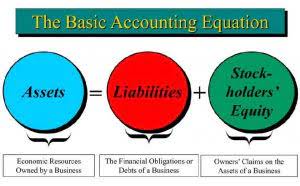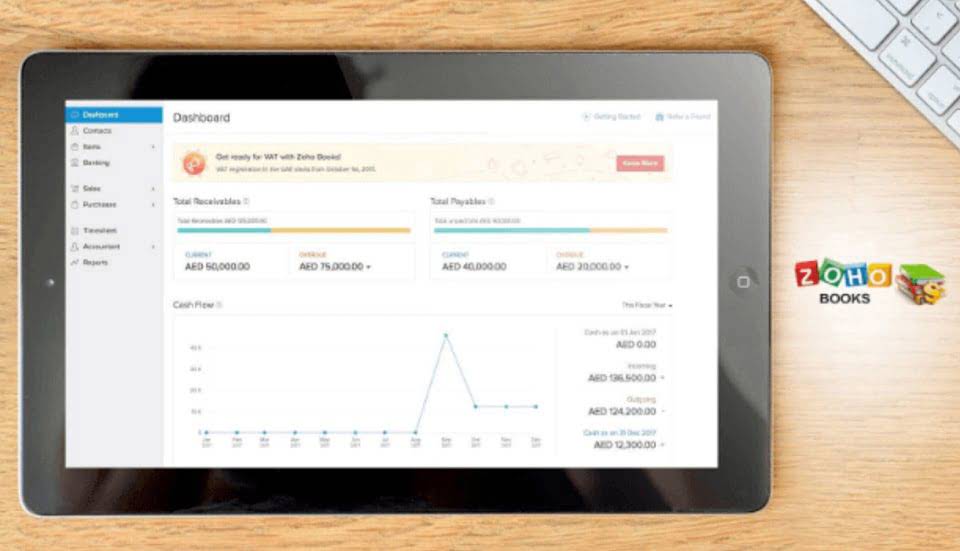
To determine the outstanding shares, you must deduct the number of repurchased or retired shares from the total number of shares issued by the company. Outstanding shares can refer to both types of shares, common and preferred, as they don’t represent a specific type of share but rather the total number of shares held by investors. They stand for the ownership stake in the company offered for sale on the public market and can be bought and sold at any time. Also, note that stock options and restricted stock units affect the total number of shares outstanding. Investors may choose to use weighted averages if they have compiled a position in a particular stock over a period.
BAR CPA Practice Questions: Budgetary Comparison Reporting

Investors can find the total number of outstanding shares a company has on its balance sheet. The purpose of the repurchase can also be to eliminate the shareholder dilution from future ESOs or equity grants. Let us see how the weighted average number of shares outstanding will change. The final step involves synthesizing the data and adjustments into a single figure that reflects the company’s share dynamics over the reporting period. This comprehensive number serves as the foundation for calculating EPS, a critical measure of profitability. In this example, the weights are calculated as 0.75 and 0.25, respectively, and the weighted average number of shares outstanding is 131,250.
- In general, when interest rates go up, Bond prices typically drop, and vice versa.
- Investments in T-bills involve a variety of risks, including credit risk, interest rate risk, and liquidity risk.
- Results may differ from original reports due to adjustments based on global accounting standards and methodologies.
- This ensures that the weighted average shares calculation accurately represents the share structure throughout the year.
This alignment is crucial for maintaining investor trust and ensuring that management’s interests are in sync with those of the shareholders. Most notably, short interest usually is measured as a percentage of the float, rather than shares outstanding. This is because short sellers, when choosing to cover, can only buy the shares actually in the float. And so in theory (and often in practice), highly-shorted stocks with a low float present ripe conditions for a so-called “short squeeze”. Outstanding shares are the shares in the hands of the public, executives and employees. They are the number of shares actually owned by the company’s shareholders.
- The number of weighted average shares outstanding is used in calculating metrics such as Earnings per Share (EPS) in order to provide a fair view of a company’s financial condition.
- Moreover, the number of shares outstanding is extremely useful when monitoring how a company conducts its business, as things like stock splits also affect share numbers.
- Unlike cash dividends, stock dividends increase the share count without changing market capitalization.
- Investors can distinguish between authorized shares, which indicate the maximum number of shares a company can issue, and outstanding shares, which represent the number of shares the investors currently hold.
- Companies may do this to increase their share price, such as if they need to satisfy exchange listing requirements or want to deter short sellers.
Financial professionals often use spreadsheet software to streamline this process and ensure accuracy when handling multiple periods and share counts. how to calculate average outstanding shares As with all stocks, you may be required to deposit more money or securities into your margin account if the equity, including the amount attributable to your ETF shares, declines. Because ETFs trade like stocks at current market prices, shareholders may pay more than a fund’s NAV when purchasing fund shares and may receive less than a fund’s NAV when selling fund shares. The market value-weighted average maturity of the bonds and loans in a portfolio, where maturity is the length of time during which the investor will receive interest payments on the investment. These Lower-quality debt securities involve greater risk of default or price changes due to potential changes in the credit quality of the issuer. Use the weighted average if some values in the data set are more important than others.
- This calculation is important for fundamental financial metrics, such as market capitalization, determined by multiplying the current share price by basic shares outstanding.
- Shares outstanding and weighted average shares are both numbers that can help an investor understand how well a company performs over time.
- Instead, the weighted average incorporates changes in the number of outstanding shares over a certain period of time.
- This metric provides investors with insights into a company’s size and relative importance within the market.
- For example, if a company issues new shares on April 1st, the weight for the first three months would be 3/12.
- Investment returns and principal value will fluctuate such that an investment, when redeemed, may be worth more or less than the original cost.
And finally, the business might issue shares to the owners of a business that it is acquiring. In a larger corporation, these factors can result in substantial ongoing changes in the number of shares outstanding, making it more difficult to calculate the weighted average of shares outstanding. While basic shares outstanding reflect the current share count, “diluted shares outstanding” provide a more comprehensive view. This includes the potential impact of financial instruments that could convert into common stock. This calculation offers investors a conservative estimate of ownership and earnings per share, considering all possible future shares. Shares outstanding represent the total count of shares owned by all shareholders, including those restricted and held by company insiders.

Does EPS mean the same thing as dividends?

For investors and analysts, grasping this concept is essential for making informed decisions based on a company’s financial health and performance. The first step in calculating the weighted average common shares outstanding is gathering share count data. This involves examining the company’s share structure, which can be found in Travel Agency Accounting the equity section of the balance sheet or in the notes to the financial statements. Publicly traded companies are required by the Securities and Exchange Commission (SEC) to disclose their share count in quarterly and annual filings, such as 10-Q and 10-K reports.


They allow shareholders to vote on company decisions and collect dividends if declared but are the last to receive the assets in the event of bankruptcy. Of these terms, the two that you need in order to determine the number of outstanding shares are issued shares and treasury shares. Generally, both of these figures can be found on a company’s balance sheet. The process involves multiplying the number of shares outstanding during each period by the fraction of the reporting period they were outstanding. The initial 1 million shares would be weighted for the full year, while https://margass.siniestro.xyz/outsourced-accounting-for-the-pharmaceutical/ the additional 500,000 shares would be weighted for the remaining nine months.


